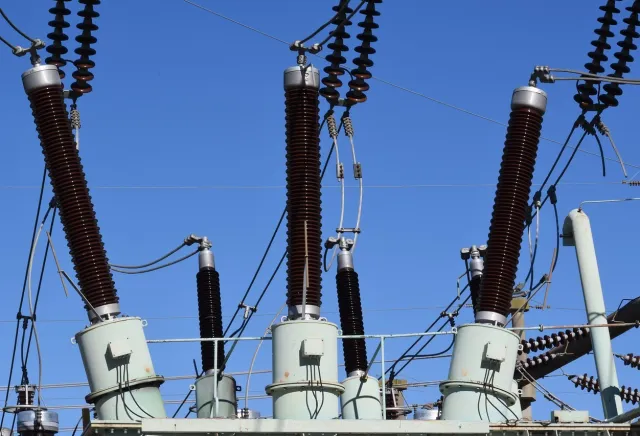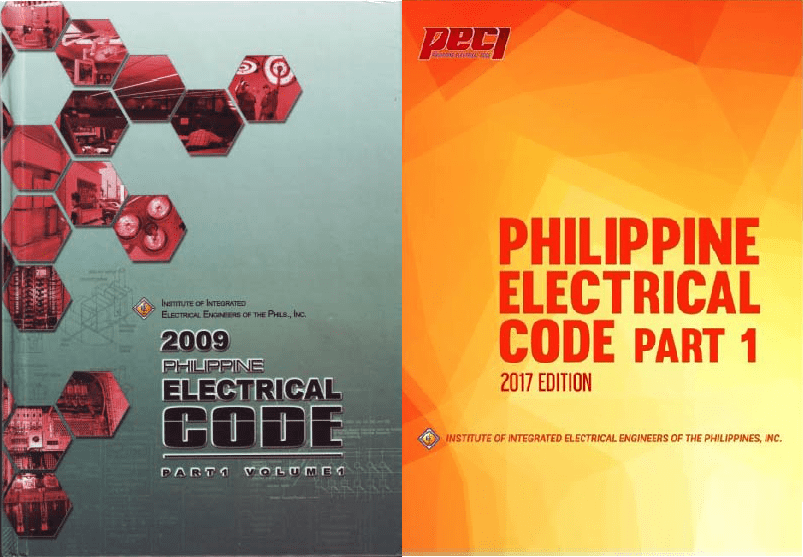Significance of K factor in High VoltageCircuit Breaker Ratings
High Voltage Circuit Breaker Interrupting Rating The interrupting ratings of a high-voltage circuit breaker are primarily defined by two parameters: the rated short-circuit current, I, and the rated maximum voltage, …


